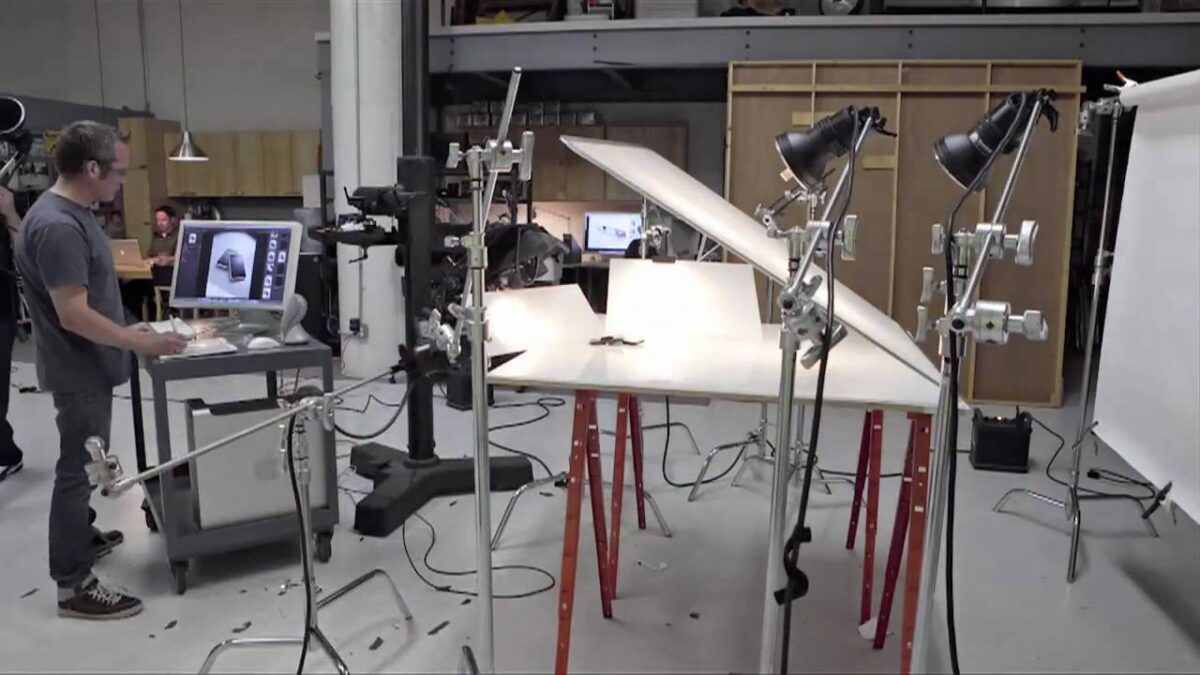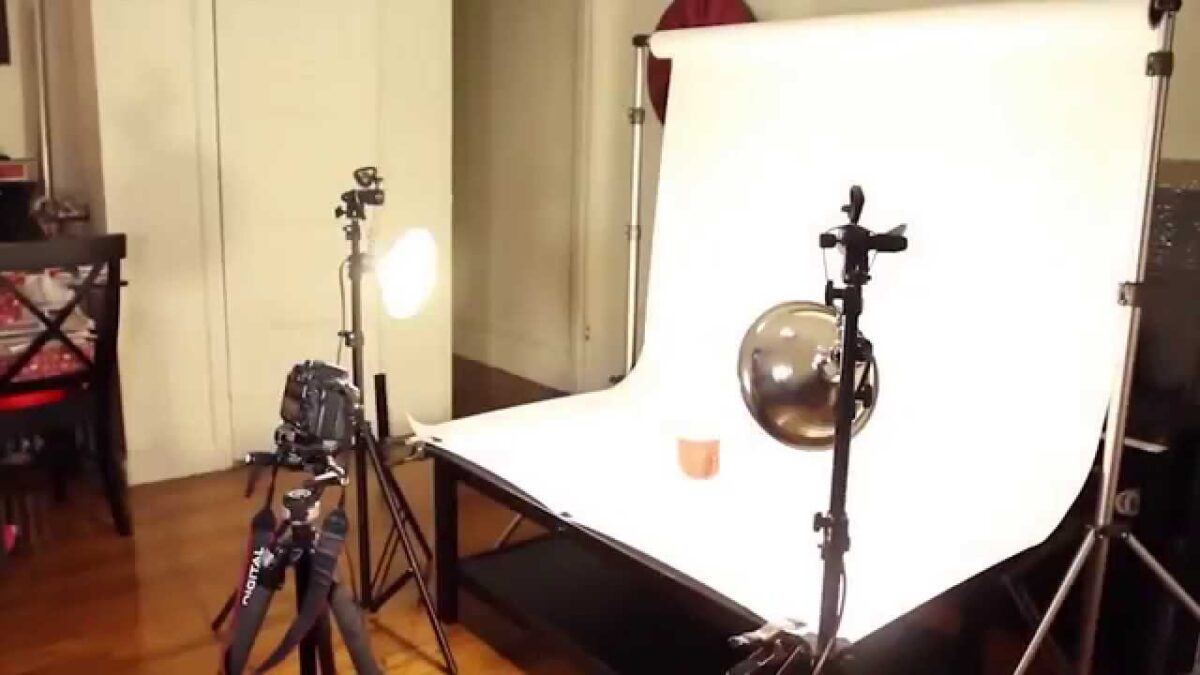If you’re interested in learning how to get into product photography, there are a few things you’ll need. Here’s a checklist for those just starting out. You’ll also need a camera, some contacts, an editing tool, and a portfolio. But these are just the basics! The key to success lies in retouching is a vital part of professional product photography.
You need a camera
Before you get started, you need a camera. A DSLR is your best bet for product photography. It will give you the flexibility and versatility to shoot various types of products. A DSLR also has a wide range of lenses, including a macro lens. Beginners can use the included lens to start shooting products. Later, they can upgrade their lenses to enhance the quality of their photos. The following are some tips to help you decide which camera you should get.
A good camera is the first essential in product photography. It should have good autofocus so that you can capture every detail of your subject. Newer models are equipped with hybrid autofocus systems, which are especially useful for subjects that move. Despite the higher price, a cheaper camera can still produce excellent photos if used properly. Make sure you buy a camera that can handle the weight of the load – a DSLR will be too cumbersome for product photography if you plan to use it to take pictures of moving objects.
The next thing you need to consider is the budget. You can buy a DSLR, but keep in mind that for personal use, it is not wise to go over $1200. For print photography, choose a high-resolution camera with a high-megapixel sensor. You can also buy a mirrorless ILC if you’re planning on using it for social media. A tripod is essential as well.
When you’re ready to begin, you need to purchase a digital camera. The best DSLRs are equipped with highly sensitive sensors, so they can take good pictures in any lighting condition. You’ll also need a professional lens, a backdrop, and a light box. A tripod and a shooting table are also useful items. Your photography studio will be more productive if you own a camera with these features.
You need contacts
To be a successful product photographer, you need to build contacts with a broad range of people in your target market. You should be well-connected in your locality as well as in the industry as a whole. The best way to build these contacts is to network with people in your field and to meet them personally. You can meet potential clients by networking with other photographers in your area or by attending events organized by your target market. For instance, you can attend photo walks, event fairs, and photography seminars to learn about your niche.
You may also want to invest in professional photography equipment. This may not be necessary for beginners, as some of it can be DIY. But for professionals, you might need to buy professional cameras, lighting, and more. A dedicated studio is a must, as it is important to focus on dynamic photography. If you don’t own a studio, you can rent space from a local photography studio. Once you’ve established yourself as a professional, you can hire models to work with you.
When you want to get into product photography, you’ll need to be very good at styling. Some photographers specialize in lifestyle product photography, while others prefer to specialize in clean, white backdrop images. Either way, you need to be able to photograph products without being distracted by distracting background elements. Lighting is an essential element of product photography, as many customers have trouble judging the size of a product without a display.
You should also be ready to take on a variety of jobs and objects. Even though Lightroom is the best tool to learn the basics, you’ll still need Photoshop to improve your images. Product photographers often have very specific lighting setups and are obsessed with details. Even if you’re shooting a single product, you may not see a lot of detail in the photo. A skilled photographer can take care of this by using Photoshop to enhance the image.
You need a portfolio
You’ve decided to become a photographer, but what do you need to do now to get your portfolio noticed? A good portfolio is a must-have for any budding product photographer. It should showcase your artistic vision and show off your best work. It is not necessary to include all of your photos in your portfolio; choose only your best ones. Remember that your portfolio will be viewed by a variety of people, so you don’t want to bore them.
Before attempting to get into product photography, you need to build your portfolio. Create a website where you can post your best work. Share this link with potential clients, and make sure to limit your portfolio to twenty-five images. A portfolio should contain an assortment of product types and settings. This way, potential clients can see your work from every angle. You may also want to start shooting products for your own social media accounts or online eCommerce store.
Start by collecting images from other product photographers. This will give you inspiration and teach you the ropes of the photography industry. Today, with tools like instagram, networking has never been easier. Find a photo walk or photography seminar to meet with potential clients. Also, try participating in photography seminars, event fairs, and photo walks. This will help you get exposure and gain a network of potential clients.
A portfolio will help you decide on the types of work that you’re most comfortable with. By working on a portfolio, you can find out which type of product photography you’d like to pursue. By building a strong portfolio, you can charge higher rates for your work and earn more money. You may even find a niche that you really like. But in the meantime, it’s crucial that you keep taking photographs so you don’t get bored.
You need an editing tool
If you want to become a professional photographer, you should invest in editing software to create stunning images. Adobe Photoshop is arguably the best-known and most popular software available. You can get started with Photoshop Elements, a beginner-level version of Photoshop, which comes with a lot of powerful tools and presets. Its spot healing feature can be extremely useful in removing lighting reflections and blemishes from your images. A cloning stamp tool is handy for hiding minor damage to products.
To create eye-catching images, shoot on a white background. The white background makes focusing easier and produces crisp images. Depth-of-field is a useful feature for creating artistic photos. Depth-of-field is a technique wherein the part of the image closest to the camera is in focus while the rest is blurred. This technique makes for interesting compositions, and your camera will usually come with an option to switch between these modes.
If you’re unsure about the best way to edit your images, you should consider downloading a free software. Adobe Photoshop has many excellent free tutorials available, and Pixc helps thousands of stores with their photo editing. Using the right tool will help you create amazing photos that will attract potential customers. It will also reduce the amount of editing time that you spend on your photos. In addition, using an editing tool will reduce the chance of redoing a photo.
After you’ve chosen the right editing software for your camera, you need to choose a backdrop. A white backdrop is best for product images because it helps viewers focus on the features and colors of the product. By using a white backdrop, you’ll avoid distracting backgrounds and keep your images looking clean. You’ll be glad you did. You can also choose a white backdrop if you want to make your pictures more professional.
You need a studio
Whether you’re planning to do some freelance product photography or are planning to invest in a studio to capture professional images for your business, there are several things to consider before investing in a photography studio. One important consideration is whether you’ll be shooting products on a regular basis. A studio that can photograph 25 products a day will be more than enough, but if you’re planning on doing large-scale projects, you may need a studio that specializes in high-volume production. These studios will have the necessary equipment, image production software systems, product and image workflows, and expertise to handle large production projects.
Whether you’re just starting out or trying to make some money with photography, product photography can be a lucrative niche for you. The key is to learn the craft thoroughly, set up a studio, do some free product shoots, and market your business to your target audience. If you’re just starting out, you can start with a small budget and use free photography to learn the ins and outs of the business.
If you’re working with large-scale projects, it’s essential to hire a studio with Image Production Management (IPM) software. This software will track progress and generate production reports. It also allows you to QA your images as they are taken and edited, and even before they’re photographed. By being able to test images after editing, you can catch quality problems before they arise in the photo shoot.
Lighting is important. Without proper lighting, people in the market for new sofas or beds are not able to picture it against a blank wall. In addition to using lighting and background design, you should consider using a watermark, a transparent png file placed over your image. While you may not need this software, it’s worth knowing how to apply this. Your product photography studio should be able to help you format your product images in the correct way, so that they are ready to upload.



